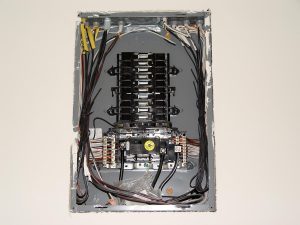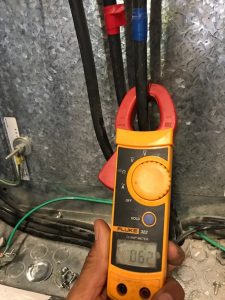 Troubleshooting your electrical problems can be tough or easy depending on the nature of the problem or how much of an expert you are.
Troubleshooting your electrical problems can be tough or easy depending on the nature of the problem or how much of an expert you are.
Electrical troubleshooting involves finding the source of a system malfunction and knowing how to repair it. Its electrical problem-solving that qualified electricians can perform.
Signs you need electrical repairs and a troubleshooting expert in Los Angeles
Regardless of if electrical problems come up in your commercial/industrial building or residential building, you will need a qualified electrician to find the cause and offer solutions. Some signs you need electrical repairs and a troubleshooting expert include;
- Fuses blowing continuously
- Lighting issues such as lights flickering, dimming, and so on
- Loose power outlets
- Buzzing noises
- Sparks or arcs
- Electric shocks
- Burning smells
- Equipment fails
- Power system fails
Knowing an expert electrical troubleshooter in Los Angeles
- An expert troubleshooter can find all kinds of fault regardless of if they are easy or complicated.
- They can repair and replace only the defective components in the system
- Expert electrical troubleshooters in Los Angeles can understand both circuits they are familiar with and those they are not.
- They use the right tools to refine their skills and identify defective components in an electrical system
- They are experienced and constant practice makes them more proficient.
What happens during electrical troubleshooting in Los Angeles?
Electrical troubleshooting in Los Angeles can be a smooth and easy process with the right professional. The electrician will gather as much information as he can about the problem you’re experiencing by asking questions. With this knowledge, he can get prepared with the right tools and approach. He will go through your electrical system to find the cause or source of the electrical issue. Once found, he will fix the problem and run tests to make sure everything works properly.
Can you troubleshoot electrical repairs on your own?
Yes, and no. It’s important to always leave electrical work to licensed electricians. This ensures safety in your home from electrical hazards and efficiency. With a professional at work to solve your electrical problem, you are likely to avoid any headaches on the same or other issues anytime soon.
On the other hand, for residential buildings, there are some common electrical problems that you can fix yourself. These include issues that require little to no troubleshooting experience. Some examples are;
- Fixing a loose outlet plug
- Fixing cut or damaged extension cords
- Reassembling a broken light switch
- Resetting the electrical breaker.
If you are in a commercial or industrial building and don’t have an electrical expert available, don’t attempt to DIY any problems that arise. The electrical system in a commercial or industrial building can differ significantly from that of homes, and a DIY gone wrong can have terrible consequences.
Some electrical problems you shouldn’t DIY include;
- Lighting issues
- Dead outlets
- Warm outlets
- Breakers tripping more than normal
- Equipment fails
- Power system fails
At the Electric Connection, all our electrical technicians are expert troubleshooters in Los Angeles first. They are trained in solving your electrical issues.





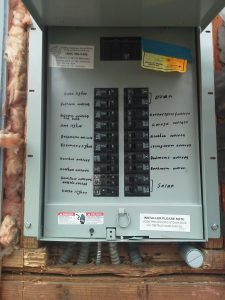 In your utility room, basement, or designated area, you will find a big grey metal box known as the electrical panel. The box comprises a series of wires and circuit breakers that determine where power goes in your home.
In your utility room, basement, or designated area, you will find a big grey metal box known as the electrical panel. The box comprises a series of wires and circuit breakers that determine where power goes in your home.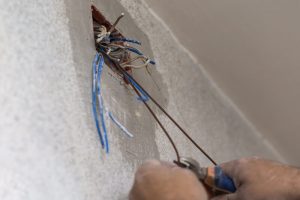 The thought of a
The thought of a  Not all projects require a permit, but most electrical works do. In Los Angeles, it’s easy to pull an electrical permit if you meet all the requirements. Since pulling permits differ from state to state, we have put together the Los Angeles guide you need.
Not all projects require a permit, but most electrical works do. In Los Angeles, it’s easy to pull an electrical permit if you meet all the requirements. Since pulling permits differ from state to state, we have put together the Los Angeles guide you need.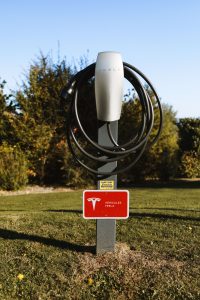
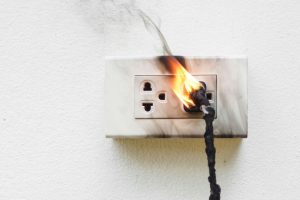 Cloth-covered wiring is a common subject that many homeowners end up faced with. It is often synonymous with old homes and you may not even know you have them. Read on for all you need to know about cloth-covered wiring in this article.
Cloth-covered wiring is a common subject that many homeowners end up faced with. It is often synonymous with old homes and you may not even know you have them. Read on for all you need to know about cloth-covered wiring in this article. If virtual events were hardly a big deal before, they sure are now. Several guidelines to help protect everyone from the pandemic have made it impossible to enjoy most events in public as we did before. Consequently, many scheduled events have been canceled, some postponed, and others going virtual.
If virtual events were hardly a big deal before, they sure are now. Several guidelines to help protect everyone from the pandemic have made it impossible to enjoy most events in public as we did before. Consequently, many scheduled events have been canceled, some postponed, and others going virtual.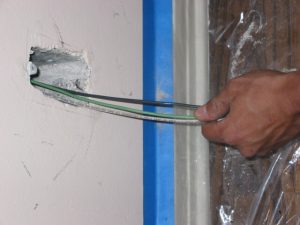 Your Beverly Hills home wiring is vital for electrical safety and functionality, and in some situations where it becomes inadequate, you will need to
Your Beverly Hills home wiring is vital for electrical safety and functionality, and in some situations where it becomes inadequate, you will need to 